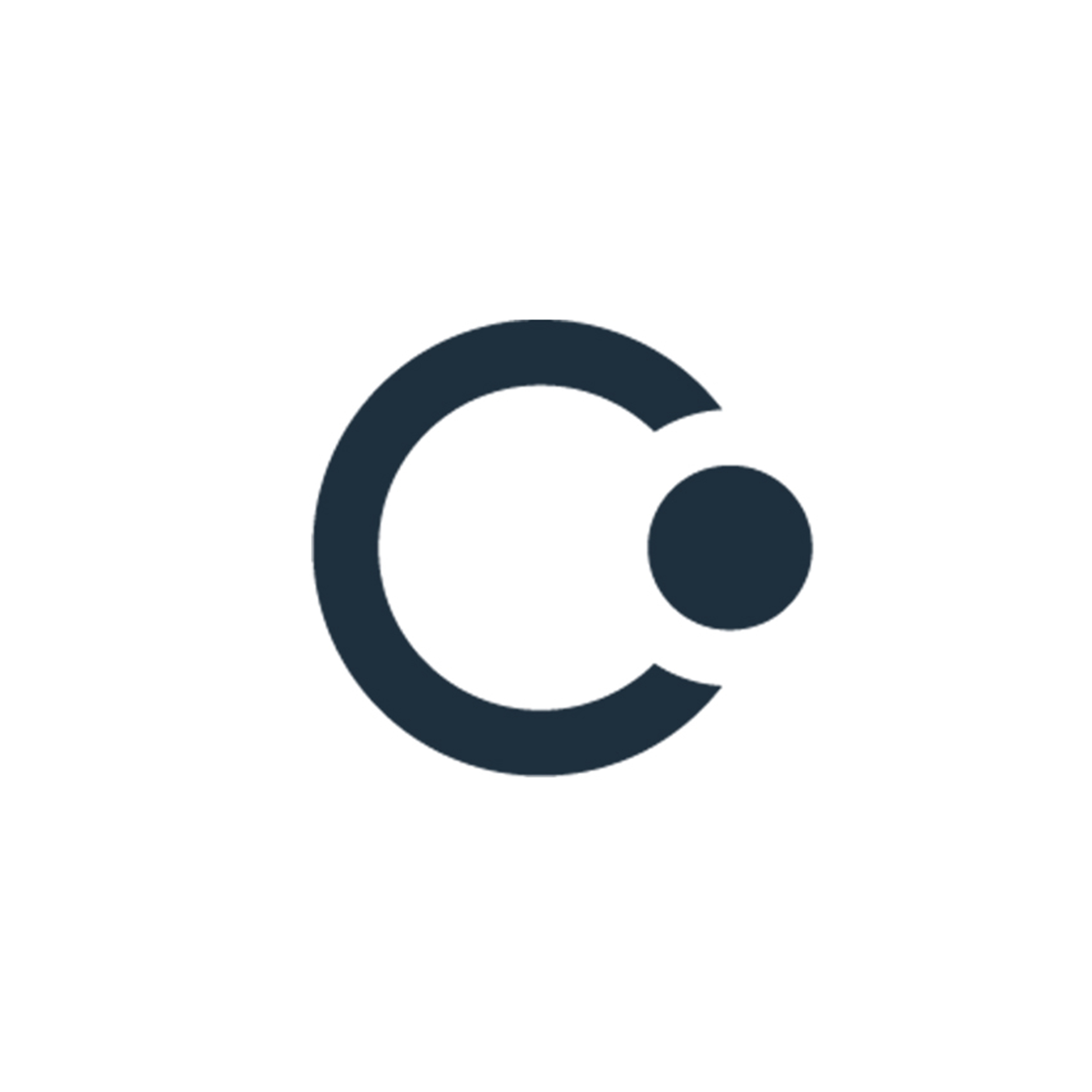Original author: LD Capital, duoduo, Alfred
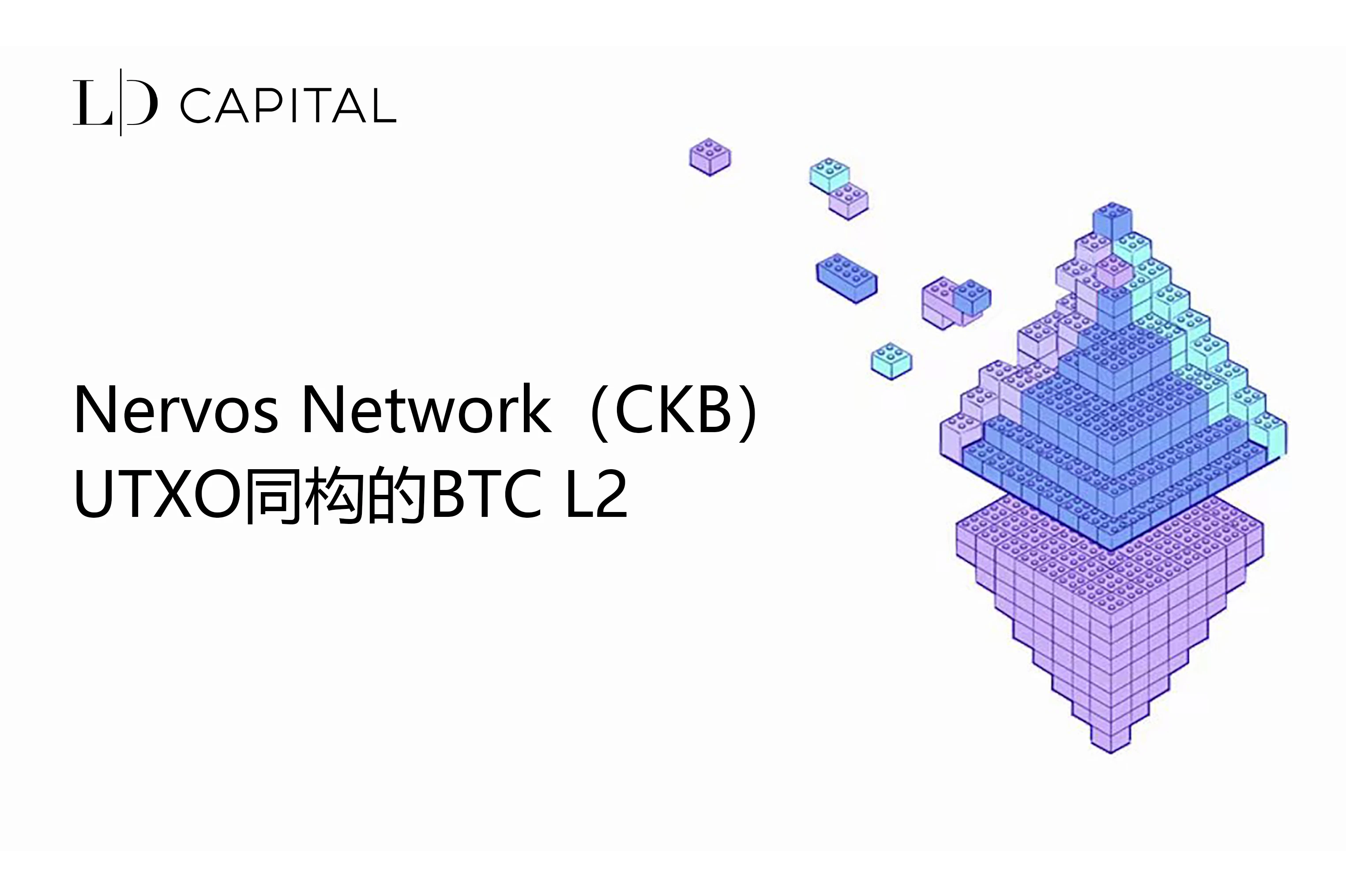
1. Brief classification of BTC L2
The rise of BTC L2 is a narrative that cannot be ignored in this round of market conditions. BTC L2 includes at least two aspects: one is offchain, which is not on the BTC chain, but has some relationship with the BTC chain, such as joint mining associated with the consensus algorithm, or asset bridging, etc. The second is that it can provide some capabilities that are stronger than the BTC chain itself, mainly including three aspects - performance optimization, programming, and privacy. The capabilities in these three aspects may not necessarily be fully realized, and the focus will be different in different projects and stages. At this stage, most BTC L2 hopes to achieve performance optimization and programming capabilities to provide faster application products and enrich the BTC ecosystem.
The current categories of Bitcoin L2 solutions generally include state channels (such as Lightning Network), side chains (such as Liquid, Merlin), Rollup (such as Rollkit), client verification (such as RGB, RGB++, Taro), etc.
Depending on whether the underlying architecture is isomorphic to BTC, it can also be divided into two camps:
● UTXO camp: A group that is derived from the UTXO model, such as Nervos Network;
● EVM camp: For example, Merlin, B², who is currently hot for staking airdrops.
This article mainly introduces the product features, ecological development and token economic model of the UTXO isomorphic BTC L2 Nervos Network.
2. Team and Financing
The founders of the Nervos Network team have been working in the industry for many years.
Chief Architect Jan Xie: He has long contributed to the development of Ethereum clients Ruby-ethereum and pyethereum, and has also worked with Ethereum founder Vitalik Buterin to develop Casper consensus and sharding technology. In addition, he also founded Cryptape, a company engaged in underlying blockchain platform development and consensus algorithm research.
Lianchuang Kevin Wang: worked on enterprise data solutions at IBMs Silicon Valley Lab and co-founded Launch School, an online school for software engineers. In addition, Kevin Wang is the co-creator of Khalani, an intent-driven centralized solver infrastructure.
Lianchuang and COO Daniel Lv: Ethereum wallet imToken Lianchuang, and the former chief technology officer of crypto exchange Yunbi. In addition, Daniel Lv organized the Ruby China community for 10 years and co-founded ruby-china.org.
In August 2018, Nervos Network completed US$28 million in financing, with participation from Polychain Capital, Sequoia China, Wanxiang Blockchain, and Blockchain Capital. On October 16, 2019, Nervos Network completed an ICO on Coinlist, raising $72 million.
3. Product core
Nervos Network was launched in November 2019, using the PoW consensus mechanism and UTXO model, which is isomorphic to Bitcoin. CKB has a long history of development and accumulation in many aspects such as security, expanded Bitcoin programming capabilities, technology accumulation, and ecology. Since the establishment of the project, the main development direction has been high-performance public chains based on POW+UTXO, which exactly fits the trend of BTC L2 this time.
2.1 PoW: Computing power doubled since the end of 2023
The Nervos Network team believes that PoW is superior to PoS in terms of decentralization and security. It is extremely difficult to forge or reconstruct a PoW chain because the computing power of each block needs to be recalculated. Therefore, its bottom layer uses a POW mechanism, which is completely permissionless. Users only need to purchase mining machines and electricity to participate in block production.
The mining algorithm of Nervos Network is Eaglesong. Common ASIC mining machines include Antminer K 7, Goldshell CK 6, Toddminer Como, etc. The figure below shows the growth of Nervos Network’s computing power. The project’s computing power retraced in 2022, but has been growing since the end of 2022. The increase has doubled since the end of 2023, and funds have entered mining.
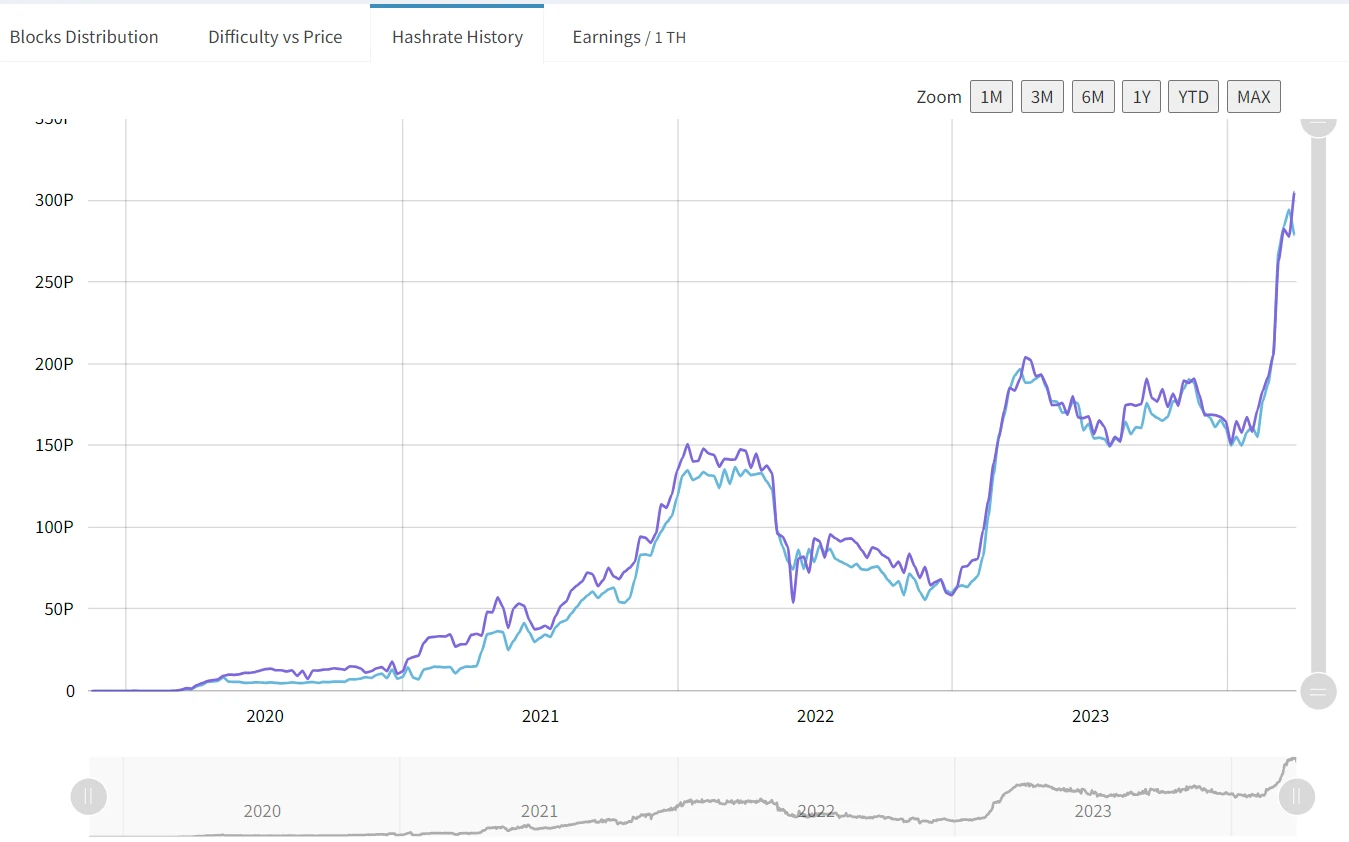
Currently, the mining revenue of CKB token is also good, ranking eighth in f 2 pool’s mining revenue.
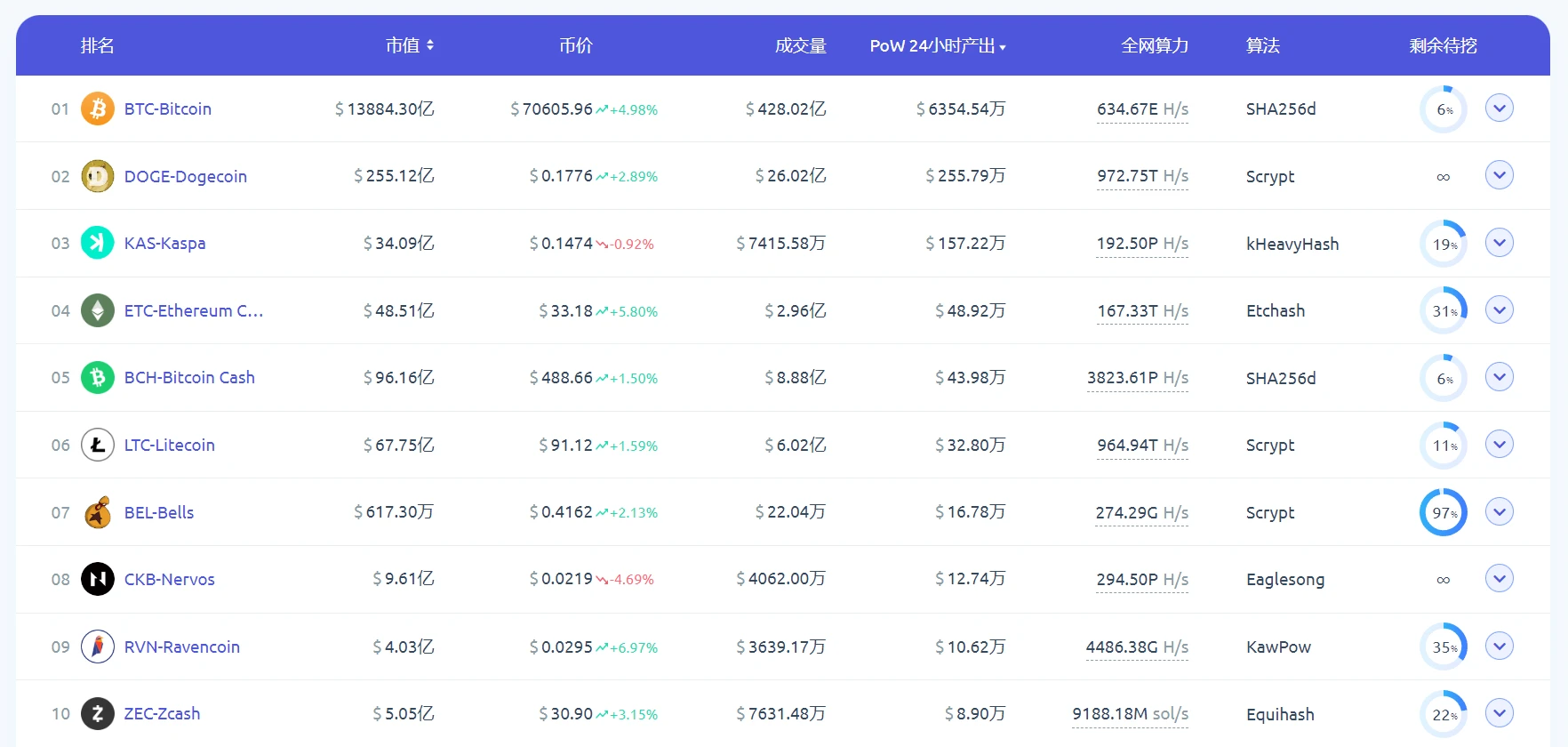
2.2 Cell Model: Security and Scalability
Cell is the most basic structure in Nervos that represents a single piece of data. The data contained in a Cell can take many forms, including CKByte, tokens, Javascript code, and even serialized data such as JSON strings. Since there are no restrictions on the types of data included, developers have full flexibility in their choices.
The Cell model treats all digital assets (such as CKB, tokens, and digital collectibles) as the exclusive property and responsibility of their owners. Assets must comply with smart contract rules when participating in transactions, but the assets essentially belong to the user rather than the smart contract. Even the smart contract that defines the token has no authority over the asset. This means that even if an attacker finds a vulnerability in the contract code, they will still not be able to access the asset because it is under the control of the user. This increases asset security.
On this basis, the Cell model adds programmability and supports smart contracts. Specifically, Cell abstracts the nValue field in UTXO, which represents the token value, and divides it into two fields: capacity and data. Data saves the state and can store any data. At the same time, the Cell data structure also contains two fields, LockScript and TypeScript. The former mainly reflects ownership, while the latter can customize many rich functions.
2.3 RGB++ protocol: contract expansion and performance increase
RGB++ is an extended protocol based on RGB that utilizes one-time stamps and client-side verification technology to manage state changes and transaction verification. It maps Bitcoin UTXOs to Nervos CKB Cells through isomorphic binding, and uses script constraints on CKB and the Bitcoin chain to verify the correctness of state calculations and the validity of ownership changes.
RGB++ solves the technical challenges faced by the original RGB protocol in practical implementation and provides more possibilities, such as blockchain-enhanced client-side verification, transaction folding, owner-less contract shared state, and non-interactive transfers.
RGB++ inherits the core idea of the RGB protocol and uses different virtual machines and verification schemes. Users do not need an independent RGB++ client. They only need to access Bitcoin and CKB light nodes to complete all verifications independently. RGB++ brings Turing-complete contract extensions and performance improvements to Bitcoin. It does not use any cross-chain bridges, instead using a native client-side verification solution to ensure security and censorship resistance.
2.4 Spore Protocol: Upgraded Ordinals
In mid-March 2024, the Nervos Network ecological project JoyID Wallet officially released the first Spore DOB Marketplace based on the UTXO order book trading model, and has opened the transaction of the first DOB asset - Unicorn Box. Unicorn Box is an airdrop to community users. The current application has ended, and 340 CKB was occupied when minting. The current market floor price is 71,800 CKB, an increase of 200 times.
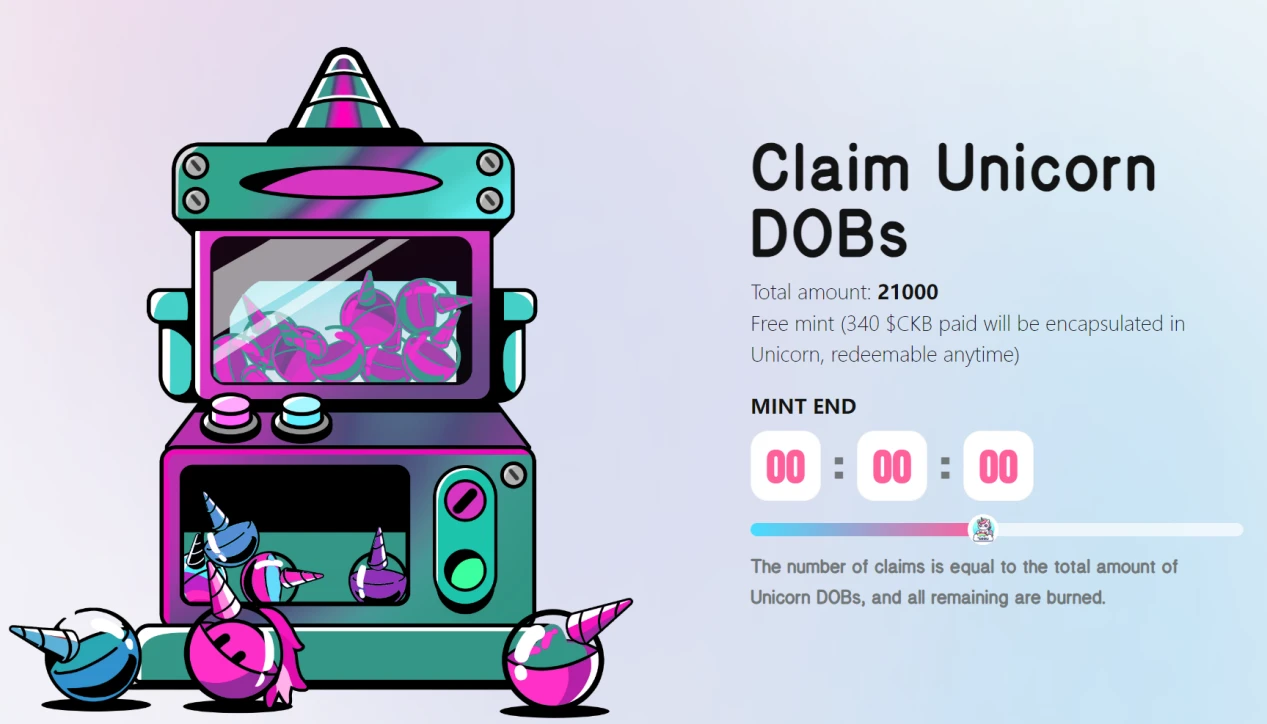
DOB (Digital Object) is an encrypted asset issued through Spore, the digital object creation protocol on the CKB blockchain. The DOB generated by the Spore protocol cannot be tampered with, is completely stored on the chain, and also establishes an inherent connection between content and value.
If CKB is regarded as an upgraded version of Bitcoin, then Spore is an upgraded version of Ordinals. Its main features are as follows:
First, it supports multiple content types such as video, audio, text, etc., giving creators more space.
Second, the content is completely stored on the chain and is a complete digital asset. The previous NFT actually only stored the link address on the chain, and most of the specific content was stored off-chain.
Third, generating DOB requires obtaining CKB tokens as raw materials. The amount of CKB minted determines the size of the storage space of the DOB on the chain, and destroying DOB can retrieve the occupied CKB. This mechanism ensures that holding Spore DOB is equivalent to occupying CKB, thereby reducing the circulation of CKB within the ecosystem.
Fourth, no transaction fees. When minting DOB through the Spore protocol, 1 more CKB will be deposited by default at the time of minting. When the network is not congested, 1 CKB is enough to pay the miner fees required for more than 7,000 on-chain transfers, so the fee can be waived in subsequent transactions. This can improve user experience and help acquire new users.
Fifth, it can flow freely between different UTXO chains. According to the current plan, the Bitcoin layer asset issuance protocol RGB++ will be launched at the end of March. At that time, the DOB issued on the CKB blockchain can be transferred to the Bitcoin main network through RGB++ Leap and become a digital object on the Bitcoin chain.
4. Ecological Development
The Nervos Network ecosystem has begun to take shape, including wallets, cross-chain bridges, DID, DEFI and other projects. However, there are not many well-known projects, and no phenomenal products have yet emerged.
As BTC L2, the main issue is to improve the application level of BTC, a precipitated asset, and activate its liquidity. At this point, Nervos Network is also in its infancy.
According to information from the community, the RGB++ protocol is planned to be launched at the end of March or early April, which will bring more gameplay and enrich the ecosystem.
The ecological project Nervape has just released a whitelist in a snapshot, and the DOBs it released in early April will also be directly released on the BTC chain.
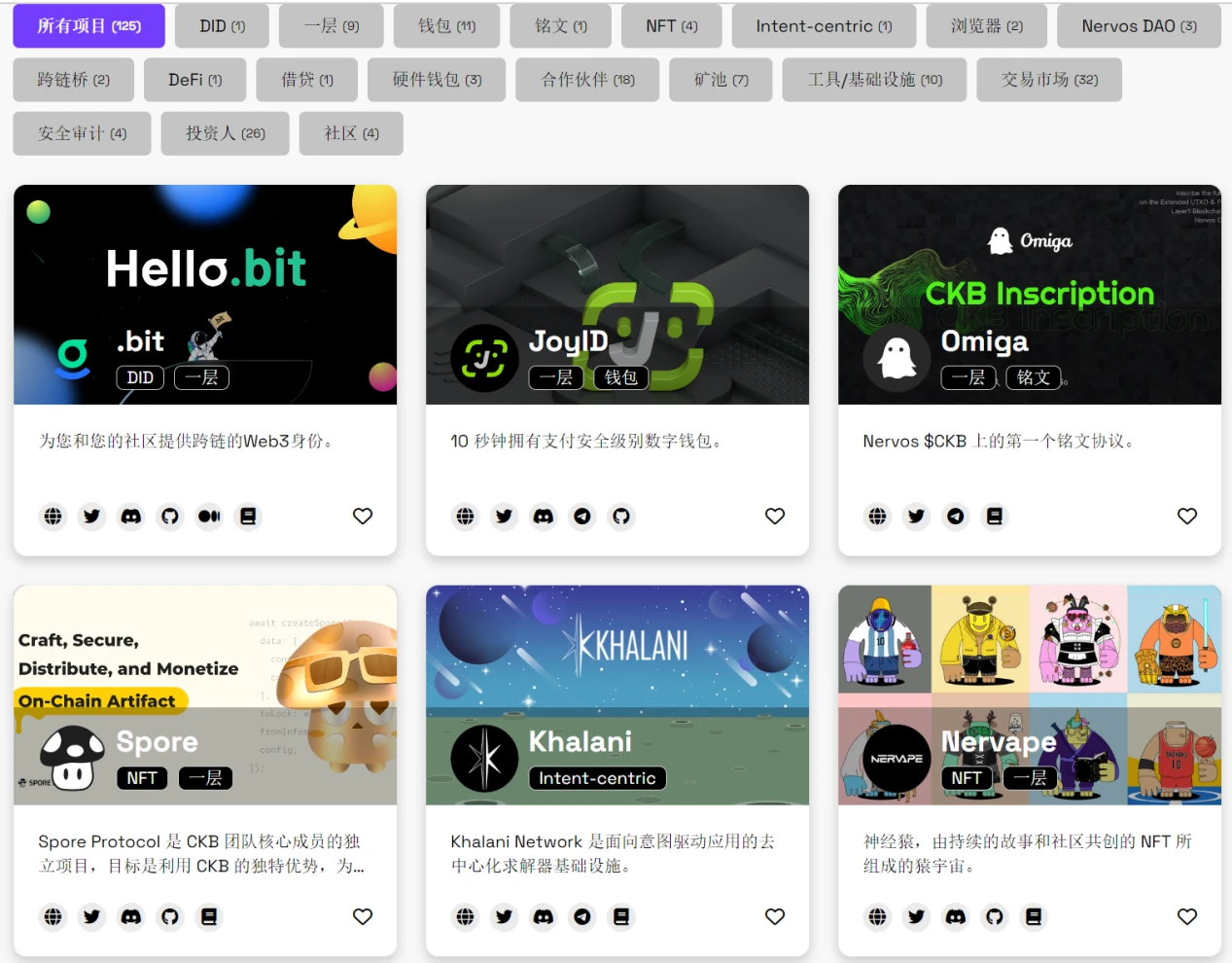
Judging from the on-chain data, the number of transactions in the protocol has increased, and there was a huge amount of interactions in early 2024. The number of independent addresses and cells also continues to grow, and the transaction fee income on the chain will increase by the end of 2023. Overall, the data on the chain has grown significantly and the activity has increased.
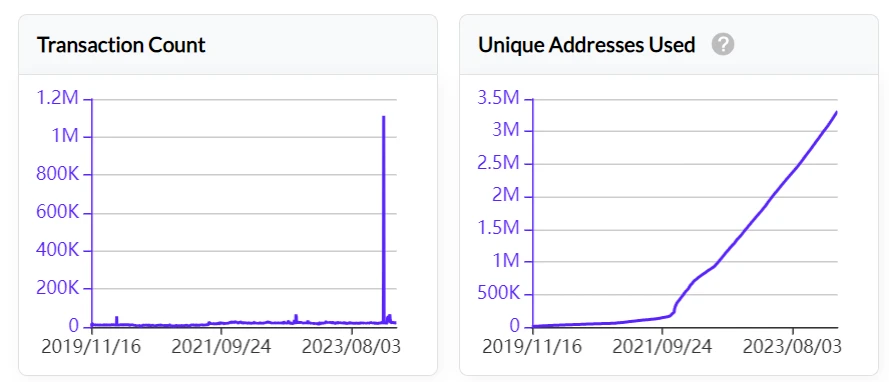
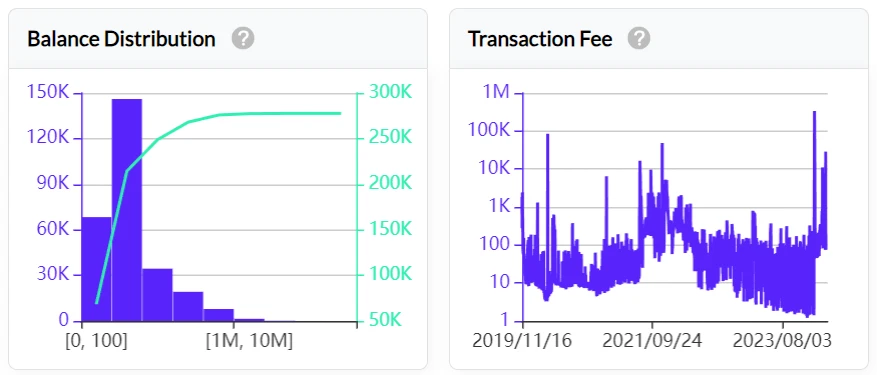

5. Token Economic Model
5.1 Token distribution and release
Currently, the total issued number of CKB tokens is 44.5 billion, the circulation is 43.8 billion, and NervosDAO has 9.4 billion locked.
The initial supply of CKB tokens is 33.6 billion, of which 8.4 billion have been destroyed, and the actual supply is 25.2 billion, which have been allocated to investors, teams, ecological funds, etc., and have all been unlocked.
CKB is an inflation-type token, and inflation comes from two parts:
One is mining inflation, all of which is used to reward miners. The rate of inflation is modeled after BTC, halving every four years until it reaches zero. In the first four years, 4.2 billion were added every year. The first halving has been carried out in November 2023, and the issuance has dropped to 2.1 billion CKB per year. The second halving is expected to take place in November 2027, and the issuance will drop to 1.05 billion CKB per year.
The second is a fixed issuance of 1.344 billion additional tokens every year, also known as secondary issuance. This part of the tokens will be used for: incentives for miners (status rent for users who store data on the chain); incentives for Nervos DAO depositors (users who lock CKB in the DAO); treasury funds (based on non-storage of data) of liquidity (CKB), the portion deposited into the treasury will be destroyed.
The current specific distribution is shown in the figure below. From the figure, it can be seen that there are a total of approximately 5.77 billion CKB tokens in the secondary issuance, of which 69.5% of the tokens have been destroyed, and approximately 1.77 billion have entered circulation.
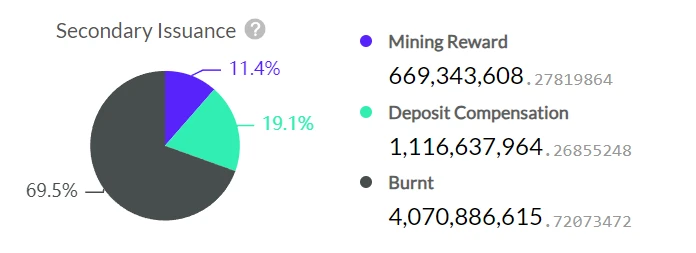
5.2 NervosDAO Staking
NervosDAO has approximately 9.4 billion tokens locked, accounting for approximately 21% of the total circulation. The average deposit time is approximately 800 days, which is a long-term holding. The current staking yield is not high, only 2.29%, and the appeal of staking is limited.

From a historical perspective, during the bull market in 2021, the highest locked position reached approximately 12 billion coins, and has since fallen, with the lowest being around 8 billion coins. Therefore, overall, this part of the position is relatively stable. Since the end of 2023, new pledges have increased. However, judging from the ratio of pledge/circulation volume, the overall trend is downward. New users and new tokens are not included in the pledge.

5.3 Position distribution
The distribution of CKB token holdings is highly concentrated. A total of 270,000 addresses hold CKB on the chain. Among them, the top 100 holding addresses hold 76.93% of the tokens, the top 10 addresses hold 54.28%, and Binance’s addresses hold more than 32 % of tokens.
Among the top 10 holding addresses, excluding exchange addresses, there are 4 unmarked addresses. Among them, the fourth largest address established a position in May 2023, and has continued to transfer in since then. The latest transfer was on March 25, 2024, and did not participate in staking. The fifth largest address did not open a position in May 2023, had only one transfer, and did not participate in staking. The eighth largest address opened a position in 2021, with only one transfer and all participating in the pledge. The ninth largest address opened a position on March 22, 2024 and did not participate in staking.
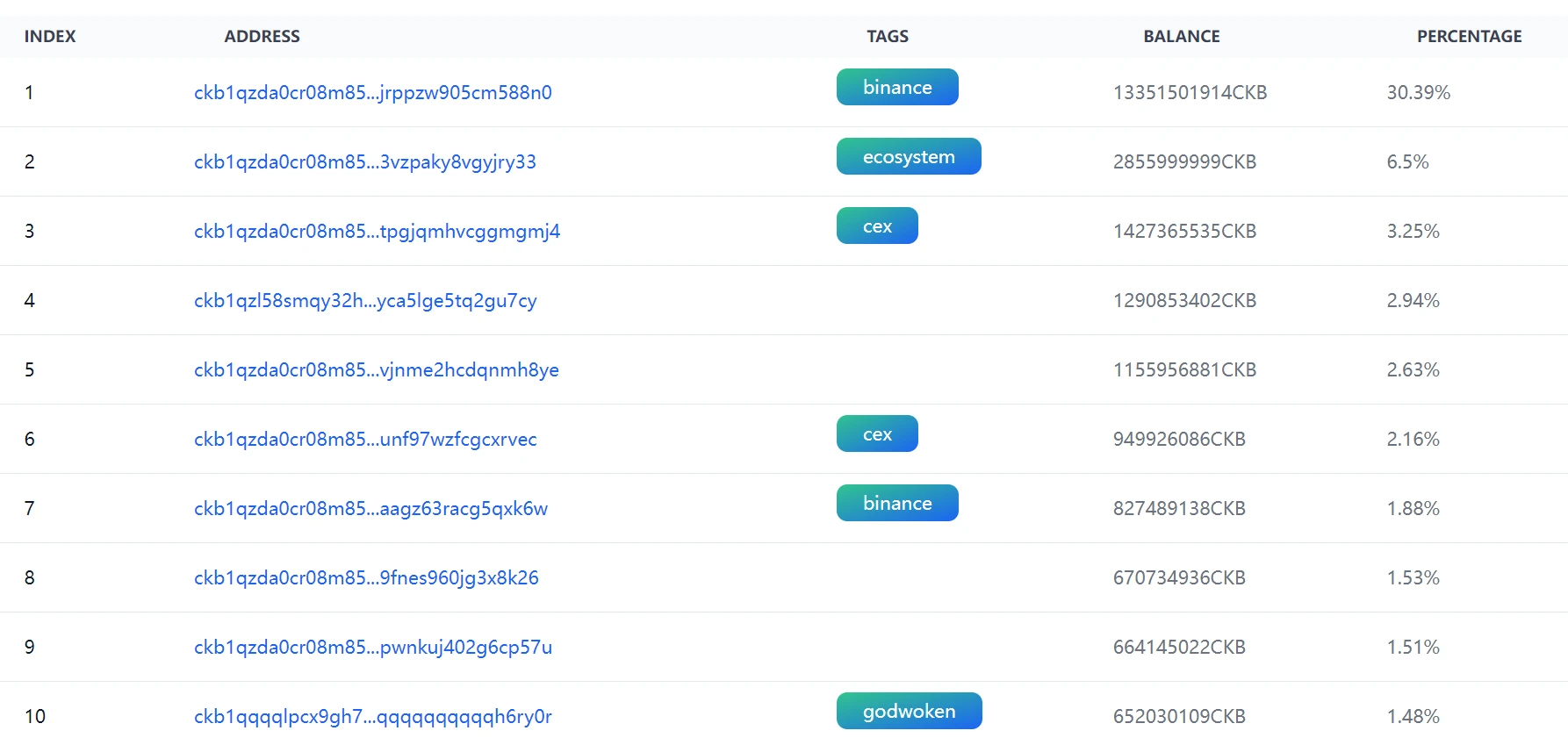
6. Conclusion
Nervos Network is a POW+UTXO isomorphic public chain launched in 2019 and is now positioned as BTC L2. The team has relatively rich development experience, and the product has made innovations in programmability and scalability. Since 2024, concepts such as RGB++ and DOB have been launched, which is in line with the current narrative of BTC L2 development.
The ecology is beginning to take shape, and the community activity is acceptable. As BTC L2, its ecological focus should be to bring more convenient BTC applications and activate BTC asset liquidity. RGB++ plans to go online at the end of March or early April 2024. The ecological project Nervape plans to issue DOBs on the BTC chain, hoping to use this as an opportunity to drive the development of assets on the BTC chain.
The token CKB is an inflation token. The initial issuance of tokens has entered full circulation and currently generates inflation every year. There are two sources of inflation: one is the rewards provided to miners based on POW inflation; the other is secondary issuance, with fixed emissions every year, and the part entering the treasury will be destroyed. The combined annual inflation rate is around 5.7%. Excluding exchanges, the top ten user addresses are all in a state of inflow. Since 2023, there have been new addresses accumulating CKB tokens, but they have not been pledged.
Overall, Nervos Network has a solid foundation and can mainly observe token pledge changes, ecological development progress, scale and market popularity.

